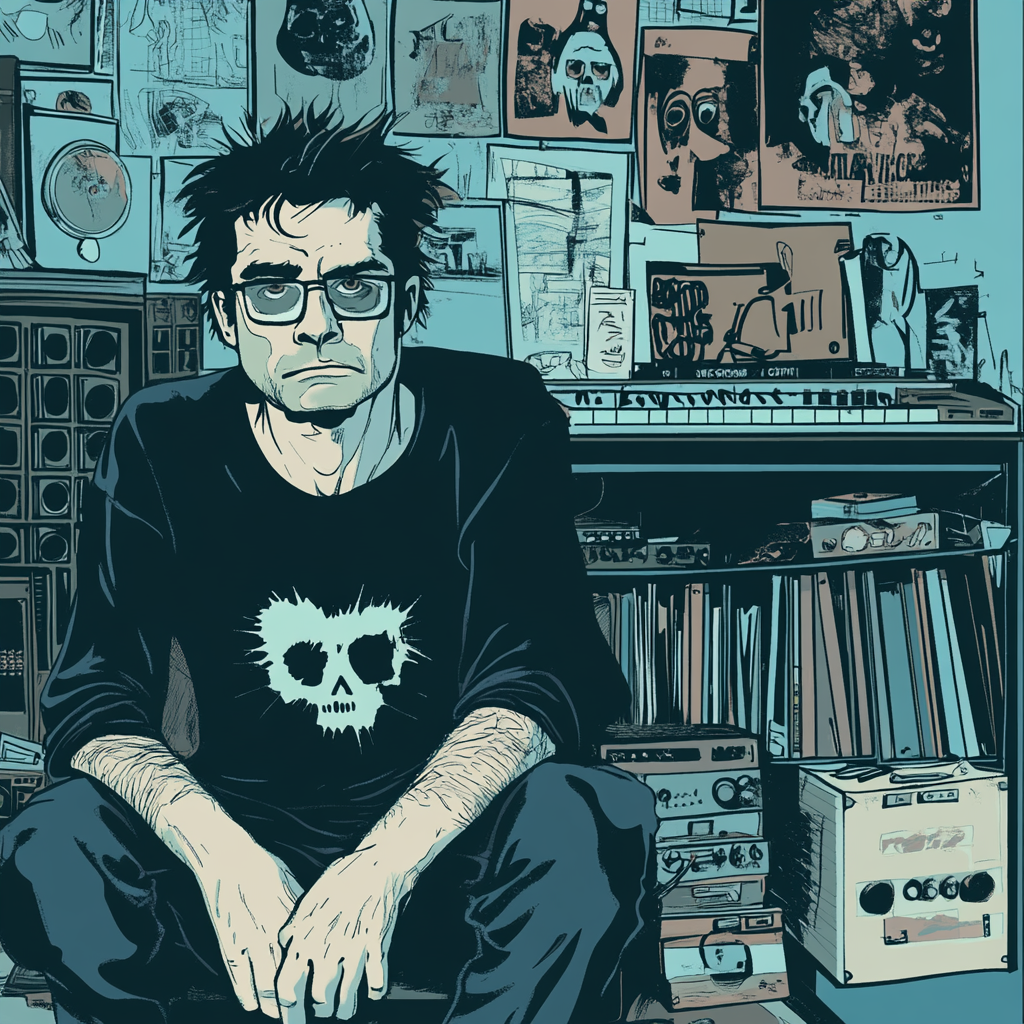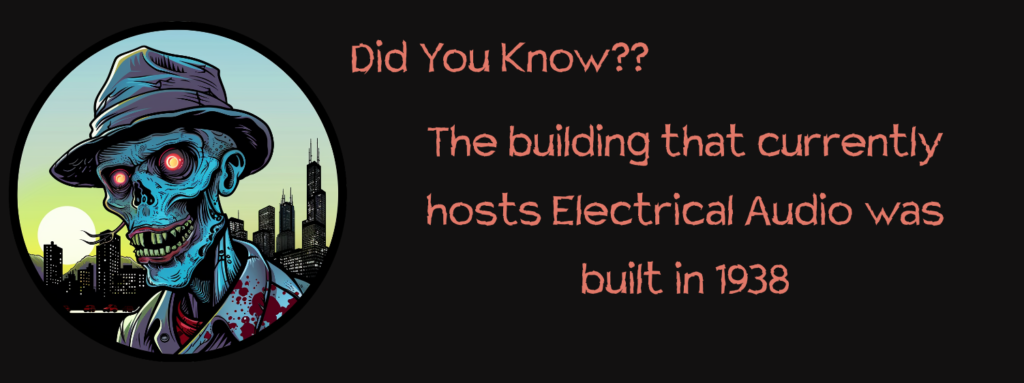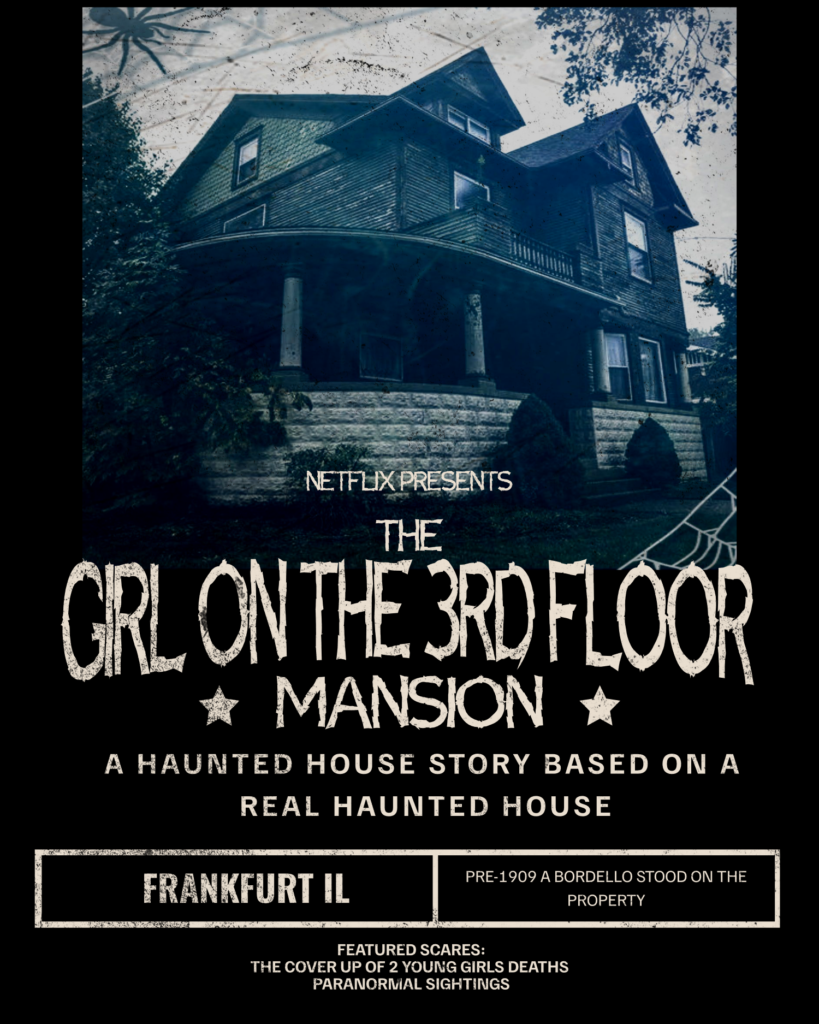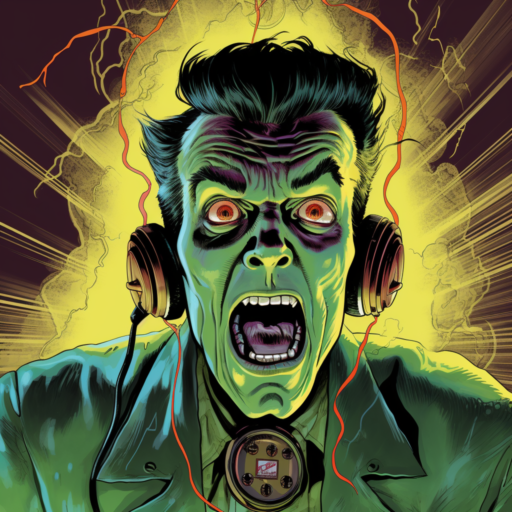
“The single best thing that has happened in my lifetime in music, after punk rock, is being able to share music, globally for free.” Steve Albini
Those familiar with Steve Albini understand how a simple Chicagoan could easily change the dynamic of music. Needless to say Albini’s assistance in creating In Utero was not fully appreciated by all metal heads until we move a few years forward on the calendar. Being a punk rocker, Steve was designed for disruption and was brilliant.
Let us explore the darker side of the spectrum and connect the gritty path of his work influenced by horror and that horror is now inspired by.
The Chicago Connection
Albini’s relationship with Chicago is intrinsic to his identity as a musician and producer. After moving to the city in the 1980s, he quickly became a central figure in the local music scene. As the frontman of the influential noise rock band Big Black and later Shellac, Albini’s abrasive sound and confrontational style embodied the gritty, industrial spirit of Chicago.
But it’s in the studio where Albini’s legacy is most indelible. His Electrical Audio studio in Chicago’s North Side is a mecca for both local and international musicians seeking an authentic, no-frills recording experience. Albini’s philosophy is clear: capture the band as they are, without overproduction or unnecessary embellishments. This approach has attracted a diverse array of artists, all drawn to Albini’s commitment to sonic purity.

The Sound of Horror
Often unexpected is how Albini’s work resonates with the horror genre. An uncompromising production style can be comparative to a fun horror film. Stripping away the gloss to reveal the unvarnished truth to expose a musical result that feels more immediate, intense and terrifying.

This technical connection between Albini’s music and horror provides the proper ambiance set with live, unfiltered performances sure to add to phobias such as claustrophobia. Playing into our primal fears, as any excellent horror film will, Albini’s recordings tap into a visceral, almost unsettling energy.
Horror on the Air
Often a guest on horror media shows and podcasts, Steve shared his knowledge of underground, experimental and obscure horror films. Mirroring his encyclopedic understanding of music, discussions of the eerie soundscapes of Italian films or lo-fi indie terror, topics were approached with the same passion and precision used to create his music.
Lending his distinctive touch to projects that valued atmosphere and tension over commercial appeal, Steve contributed to several independent horror films. Helping to create a body of work that is well diversified as well as influential.

Dabbling further with haunted spaces, Steve lent his first score to a locally produced film shot in Frankfurt called the Girl on the 3rd Floor. A film focused on retaining local Chicago actors and actresses and designed for those who enjoy the obscure. Utilizing sound to help explore the darker, more unsettling aspects of the home and character, this Netflix feature takes visitors on a tale older than a century. Built prior to the house used in the movie, a bordello once stood on this property. The bordello would retain young women to clean and maintain the property for the older clientele. This true tale tells a sad story of two young ladies mistaken for workers and sadly killed. Clientele was often important, the establishment helped their customers by covering up their “mistakes”. It is said that paranormal sightings are common on the 3rd floor of the 1909 built mansion that now stands where mistakes were turned to dust.
Steve Ablini was an auteur of his own path showing the path of creativity to others. His work will remain long after final notes fade.
Share your considerations and musings at #hauntedemporiummagazine
NO PLACE LIKE HOME

